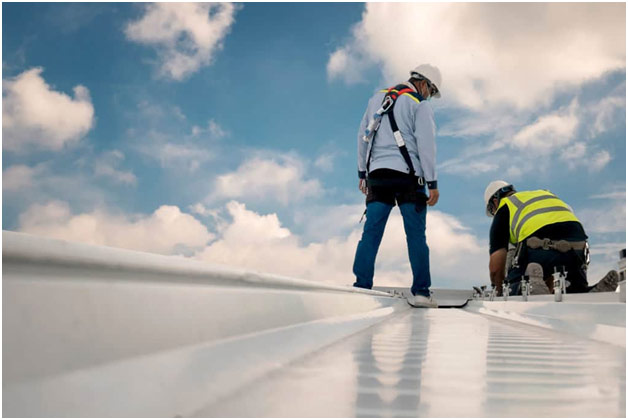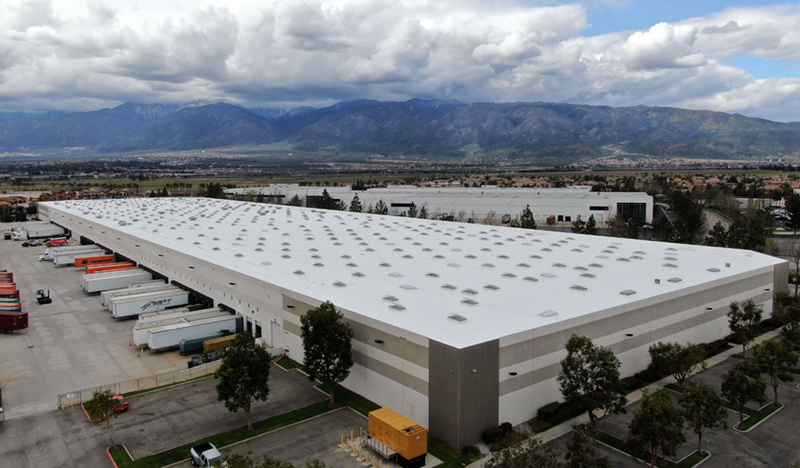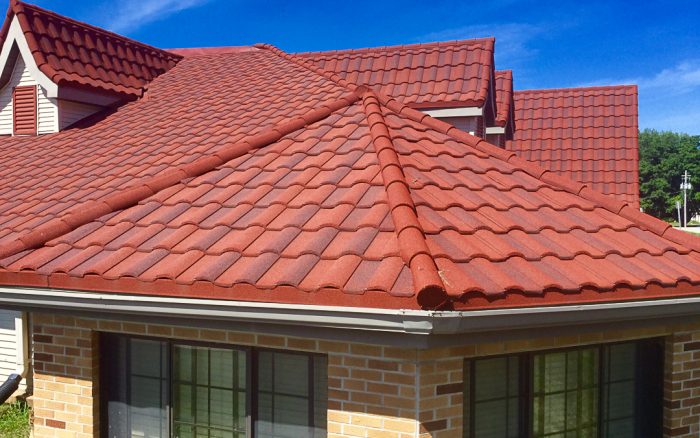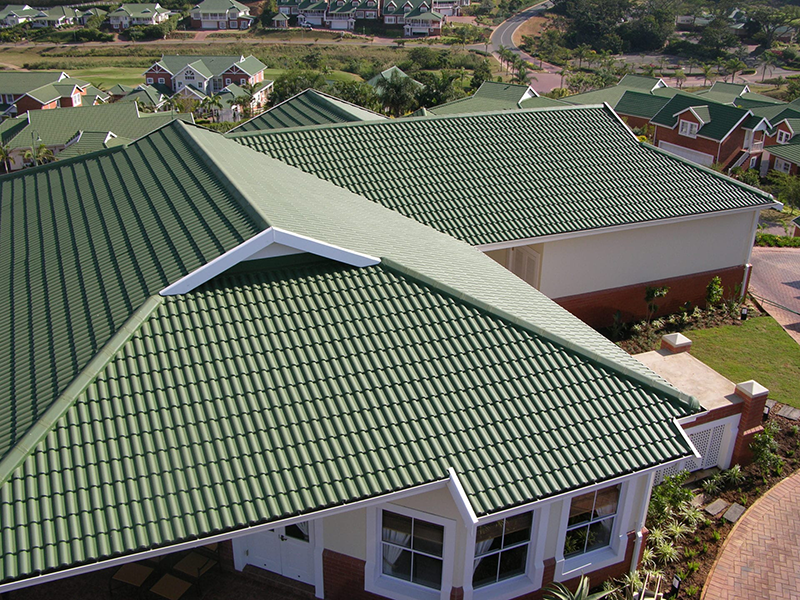Commercial roofs provide a way to protect your business from the unpredictable weather. Your roof can take a beating, but there are ways that you can help improve its performance and extend its life. Read this post to learn more about what you can do to keep your commercial roof in good shape!
1. Inspect your roof regularly for any damage or wear and tear
The first step to maintaining a commercial roof is to regularly inspect it for any damage or wear and tear. Look for any missing or damaged shingles, as well as any signs of leaks. It’s also important to clear away any debris that has accumulated on the roof, as this can cause problems down the line. If you notice any issues, be sure to address them immediately to prevent further damage.

In addition to regular inspections, it’s also a good idea to have your roof professionally cleaned and serviced on an annual basis. This will help ensure that it remains in good condition and continues to perform at its best. By taking these simple steps, you can help prolong the life of your commercial roof and prevent expensive repairs down the road.
2. Control roof access
One of the most important things you can do to improve commercial roof performance is to control access to the roof. This means keeping unauthorized personnel off the roof and making sure that only authorized personnel are allowed on the roof. This will help to prevent damage to the roof and extend its lifespan.
3. Make sure your gutters are clean and free of debris so that water can properly drain off the roof
Clogged gutters can cause water to back up onto the roof, where it can damage shingles or penetrate the roofing material. In addition, gutters that are not properly draining can cause water to pool on the roof, which can lead to premature deterioration of the roofing material. By keep your gutters clean and free of debris, you can help ensure that they are able to properly drain water off the roof and protect your investment.
4. Install a ridge vent to help regulate air flow and improve ventilation
A ridge vent is a type of ventilation system that helps to regulate air flow and improve ventilation. By allowing hot air to escape and cooler air to enter, a ridge vent can prolong the life of your roof and prevent premature deterioration. It can also improve the energy efficiency of your building by regulating temperatures and preventing heat build-up.
5. Add insulation to help keep the building cooler in summer and warmer in winter
Adding insulation keeps the building cooler in summer and warmer in winter, reducing the strain on the HVAC system. In addition, insulation can also reduce noise levels and help to improve indoor air quality. As a result, adding insulation is a simple and effective way to improve commercial roof performance.
As you can see, there are a number of things you can do to maintain a commercial roof and extend its life. By regularly inspecting the roof, controlling access, and keeping the gutters clean, you can prevent damage and extend the lifespan of your roof. In addition, installing a ridge vent and adding insulation can also improve commercial roof performance. These simple measures will go a long way in protecting your investment and keeping your business running smoothly.




